Source: Mheim301165 | Dreamstime.com
Just like any decision a stylist makes at the salon, there’s a thought process that goes into deciding whether to cut a client’s hair while it’s wet or while it’s dry. Of course, this decision comes after the client and hairdresser have reached a mutual agreement on what the final result will look like. So, knowing what the client wants their hair to look like when leaving the salon, is it better to cut hair wet or dry?
The answer depends on a few things and should not be decided on a whim. For hairstylists, the wet vs. dry cut should reflect the individual aspects of the client’s hair and what other procedures might be done during their appointment. It’s important to think ahead and decide based on the entire appointment rather than their hair type alone. Here are the reasons to cut hair both wet and dry.
Wet Cutting: When It Works Best
Once the client has shared their vision and is in the chair, it’s time to move forward with the cutting process. In some situations, it’s better to wet and wash the hair first and cut damp hair. The wet haircutting technique is favorable for stylists when the client’s hair is very thin or fine. Wet cuts are most suitable for straight hair or slightly wavy hair. The wet cut process will allow the stylist to get a more detailed cut with the client’s thin hair since it will be a bit more weighed down due to the moisture. Stylists often incorporate point cutting techniques when doing wet cuts on thin hair to add volume and enhance hair texture.
A wet haircut is also a good idea when a client desires a look that requires the hair to be one length throughout. Again, wet cutting can help make each snip more exact so the results remain sharp and uniform. After a wet cut, stylists should blow dry and style their client’s hair fully using trusted hair salon supplies so that any imperfections (like uneven pieces of hair or lingering split ends) can be remedied before the client leaves the salon.
A wet cut also works in favor of those clients who like to keep their long hair looking sleek and straight. These hairstyles tend to magnify imperfections, so it’s even more of a reason for stylists to go for the wet cut here. Overall, a wet cut works great for clients with fine hair or for clients who prefer a sleek and structured look.
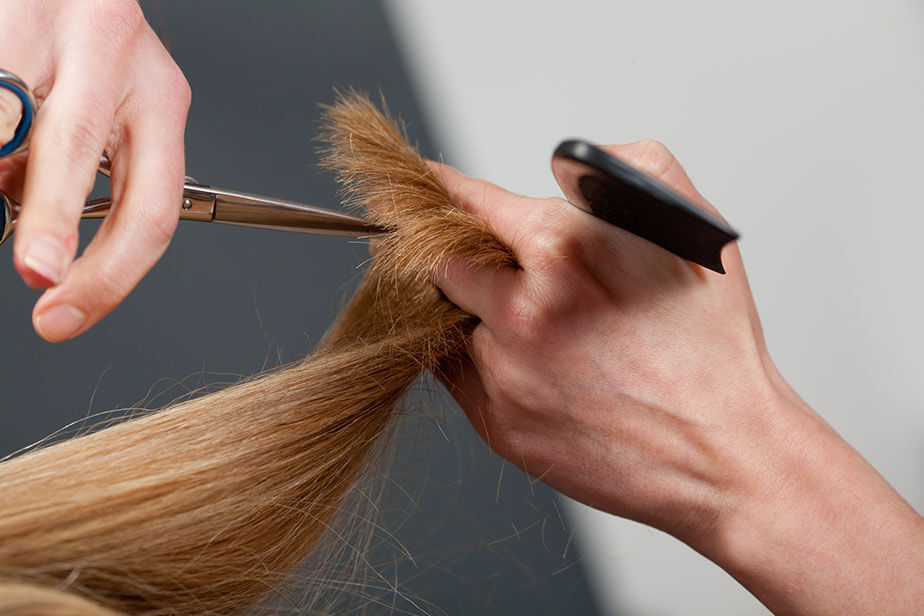
Source: Mark Fairey | Dreamstime.com
Dry Cutting: When It Works Best
On the other hand, cutting hair while it’s dry has some serious advantages for a range of clients as well. Dry cutting is ideal for those with very thick, coily or curly hair. For curls in particular, dry cutting hair will allow the stylist to get an idea of how the client’s curls naturally look and therefore can get a better idea of how much hair to cut. It’s easy to accidentally take off too much if you try to cut curly hair dry, especially when cutting a new client’s hair for the first time, so it’s best to embrace dry cutting techniques for these clients.
Dry cutting also works favorably when the client prefers an “undone” or messy chic look. This way, the hair can be cut dry without the stylist needing to worry about the exact length of every hair and can instead focus on the overall look. When finished cutting hair while dry, it’s a good idea for stylists to use popular hair styling products for thick, curly, coarse or frizzy hair to give the client an even more defined look. Make sure you have a selection of hair products formulated to work well with various curl patterns and types of hair to ensure the best hair results for your clients.
Cutting a client’s hair dry can even improve its health. Dry cutting can minimize frizz, especially for coarse, curly and coily hair. It can help with split ends, too, by making it easy to identify and trim split strands.
Addressing Common Misconceptions
There are a few misconceptions surrounding wet and dry cutting techniques. For starters, many people believe dry cutting damages hair, but this simply isn’t true. When executed by stylists using professional haircutting shears, neither a dry nor wet cut should damage healthy hair. Additionally, neither wet nor dry cutting impacts hair growth rate. As long as your clients get regular trims and use the right professional hair care products, the cutting technique will not impact how quickly or slowly their strands grow.
While wet cutting tends to be the most precise option, you can achieve clean lines and precise cuts with dry cuts, too. The key is to use various cutting techniques to achieve particular styles. You can even create layers during a dry cut. Wet cutting techniques are better for uniform, cascading layers, but dry cutting techniques allow you to create textured, wispy layers. It’s all about assessing your client’s hair type and their goals to determine which technique will work best.
Lastly, despite common misconceptions, hair length is not the deciding factor for wet vs. dry cutting. The client’s desired style and natural hair texture are much more important considerations. Dry cutting may be the best option to help a client with short, curly hair manage hair growth and create a natural, textured look. However, a wet cut is usually a better option for a client with straight hair seeking a short, blunt bob since wet cutting makes achieving a clean, straight line easier.

Source: Gemenacom | Dreamstime.com
Keep in mind that there are no rules completely set in stone regarding wet vs. dry cutting. Stylists should know how to execute a haircut and utilize wet and dry cutting in beneficial situations. With your help, your clients can enjoy good hair they love showing off.






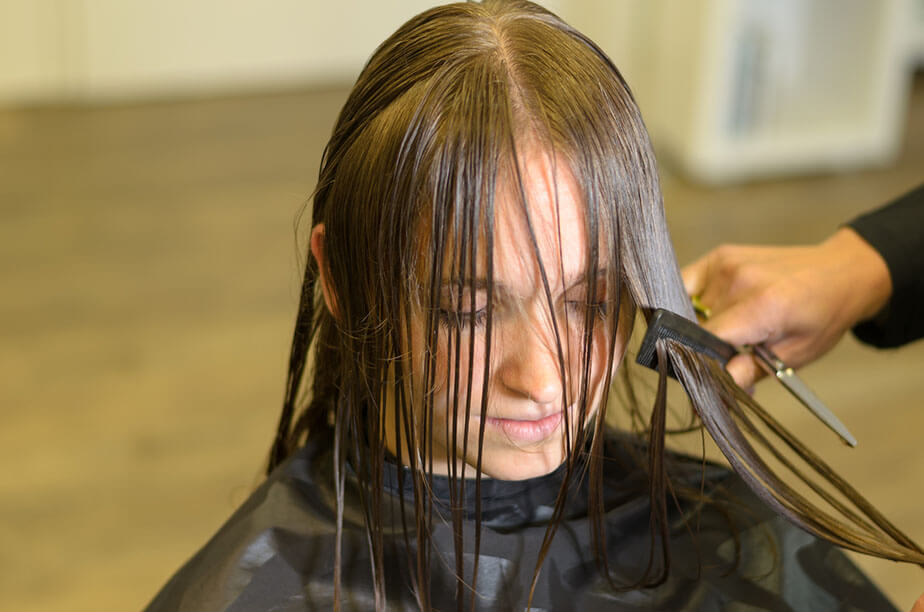




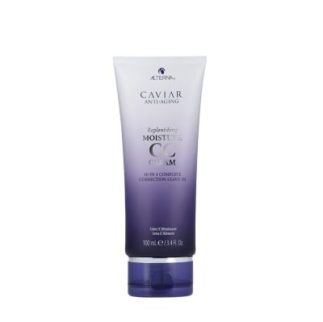
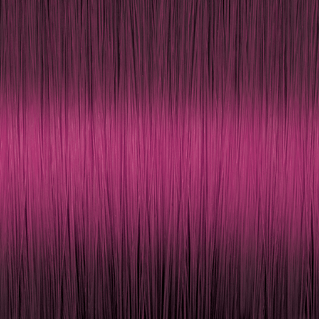
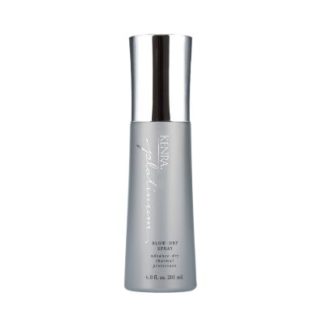
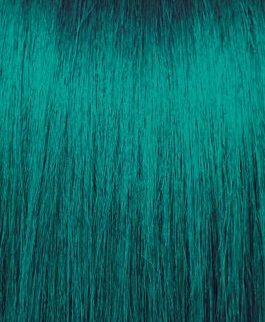
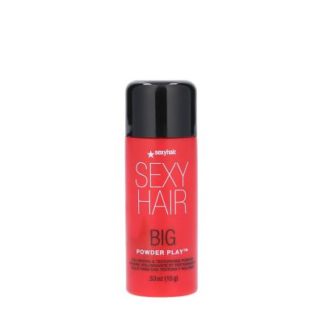
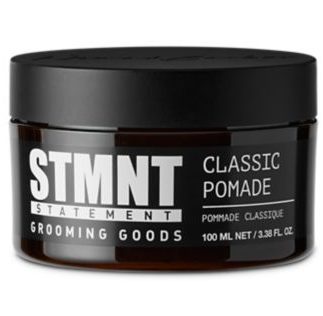
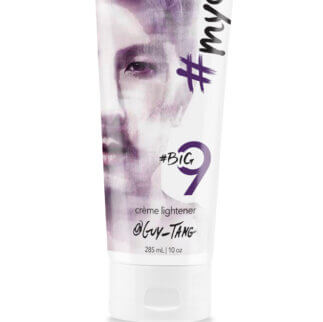
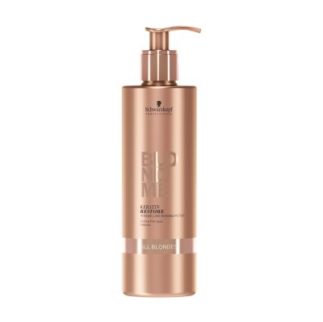
Share Your Feedback